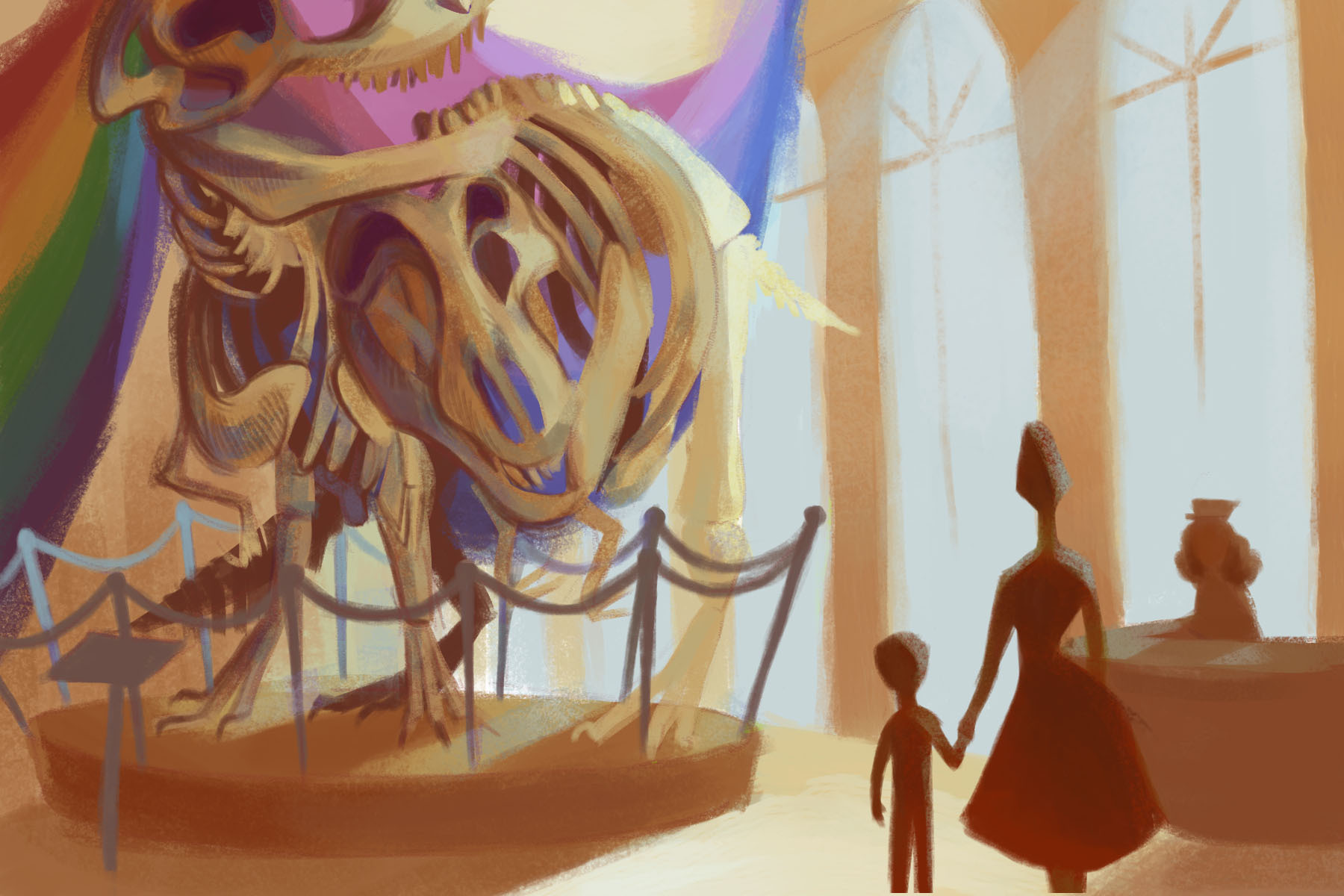At the northeast corner of the National Mall, crowds swarmed around an imposing steel monolith. The late John Lewis, Civil Rights leader and US Representative for Georgia’s 5th Congressional District, stood at a podium, his sullen disposition framed by a lavender backdrop beneath a dominating tower of corrugated steel, and addressed the eager audience: “There were some who said it couldn’t happen, who said you can’t do it. But we did it. We did it.” Indeed, from the help of countless leaders and philanthropists, a new Smithsonian stood just meters from the Washington Monument.
On September 24th, 2016 the National Museum of African American History and Culture celebrated its grand opening. It was and remains the latest edition to the world’s largest complex of museums, and it shimmers day and night as a torch to what has been, what is and what the nation has in store for this resilient minority of our nation.
Another oppressed group, Native Americans, was given the Smithsonian treatment decades ago. Similarly, just this past February, a bill passed through the House of Representatives and into the Senate that would establish a national museum dedicated to women’s history, founded under the renowned system’s moniker.
The contributions of women to this nation’s success are undeniably enormous. Yet, as our society moves away from the gender binary in favor of more fluid understandings of the self, what would be the lasting effect of a museum focused solely on women other than an attempt to aggrandize a dichotomy that is detrimental to countless Americans? Rather than construct a monument to the nation’s historical gender norms, would it not be more effective to instead dedicate a museum to the history and culture of gender and sex in general?
To understand how pertinent such a museum would be to the Smithsonian as a whole, let us review how and by whom the institution was founded. James Smithson, an illegitimate son of a rich Englishman, gave his estate in Washington to the United States government for the purpose of disseminating knowledge. Smithson never married and lived a very secretive life; he never wrote about this monumental bequest to any of his friends or relatives. Some have even proposed that he was gay.
Such a claim makes it even more surprising that the LGBTQ+ community in America, a group that has unsheathed, expanded and defined itself over the past several decades, still remains conspicuously absent on the National Mall. From activists like Bayard Rustin, Del Martin, Frank Kameny and Marsha P. Johnson, to scholars such as Audre Lorde, James Baldwin, John D’Emilio and Jennifer Finney Boylan, to entertainers Little Richard, Sylvester, Freddie Mercury and RuPaul, to name just a modicum, queer Americans have left an indelible impact on the country, both to its collective, mainstream culture as well as to how the nation treats the gay community itself.
Given the terrific contributions of LGBTQ+ Americans, as well as the nature of Smithson’s peculiar life, the end result of this two-piece puzzle may be the preservation and documentation of gay Americans, just as the African American and American Indian museums represent for their respective communities.
Although a national gay museum feels incredibly necessary to honor the contributions of this oft-overlooked community, some may goggle with skepticism about just how inclusive such an institution would be.
Could gay figures trump female ones? To address this inevitable backlash, the museum would need to focus on all gender identities, queer and straight. Perhaps a more appropriate name would be the National Museum of American Gender and Sexuality. That title, as opposed to one focused on queer preoccupations, is comprehensive and appeals both to feminist and queer activists.
Nevertheless, we do run into another problem: what terms are the most appropriate to use when talking about gender and sexuality? The words “man” and “woman,” as often as they are challenged today, remain fixtures in how we differentiate between people. Compare that to the terms “gay,” “queer,” “transgender,” “pansexual” or “nonbinary” and one realizes that these terms are far too new to warrant a museum flaunting their namesake. Who’s to say that the history of Gay America won’t one day be the history of a new group with a different, less euphemistic title, as has happened to African Americans?
Granted, the likening of “gay” or “queer” to the terms used against African Americans is a bit heavy-handed. While society now repudiates those degrading terms, the former monikers used toward LGBTQ+ people remain proud terminology for millions of Americans. While essentially euphemisms, they maintain definitions widely accepted. In that sense, one could certainly imagine a future in which these words mean the same thing, even if a few more are added in to accommodate a greater swath of peoples, as BIPOC has done for Black, Brown and Indigenous groups.
And the history isn’t going anywhere. The Civil Rights Movement, a staple in America’s brutal past, was undeniably queer as well as Black. Although it may be said that the fulfillment of rights to LGBTQ+ Americans is younger than that granted to Black people, with the most recent Supreme Court ruling an obvious Exhibit A, both social movements continue to this day. Trans women of color are being killed, de facto segregation is still alive and well and Queer youth are still dying. A lot has to change, both in the respective communities as well as society collectively, to address these issues.
Put simply, neither gay history nor Black history is complete. Each is in a perpetual state of flux, dependent on the latest headline, the newest discrimination and the foremost revolution. Even women’s history, as vanilla as it sounds compared to the more niche and imperative ones discussed above, remains in constant development, as the #MeToo Movement has shown in recent years. Any attempt to frame a museum around a historically oppressed group must understand that a certain level of flexibility must be reflected in the impetus of the institution. Otherwise, it will age terribly.
And who knows, perhaps the term “women” will fall out of favor, snuffed out by a movement toward universal nonbinary-ness, in which case a Smithsonian museum dedicated to the female sex would look super out-of-touch. If the Smithsonian wants to create something truly inclusive of the contributions of sex minorities in this country, then the only solution that would please everyone would be one focused on gender and sex in America.
On the stage at the Smithsonian, Rep. John Lewis continued to speak: “We are gathered here today to dedicate a building, but this place is more than a building; it is a dream come true.” Just as African Americans find solace in the Smithsonian’s monument to their heritage, so too would citizens revel in the brick-and-mortar concession that their gender and sexual identities contribute to the nation.

















